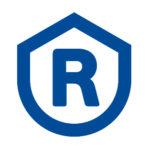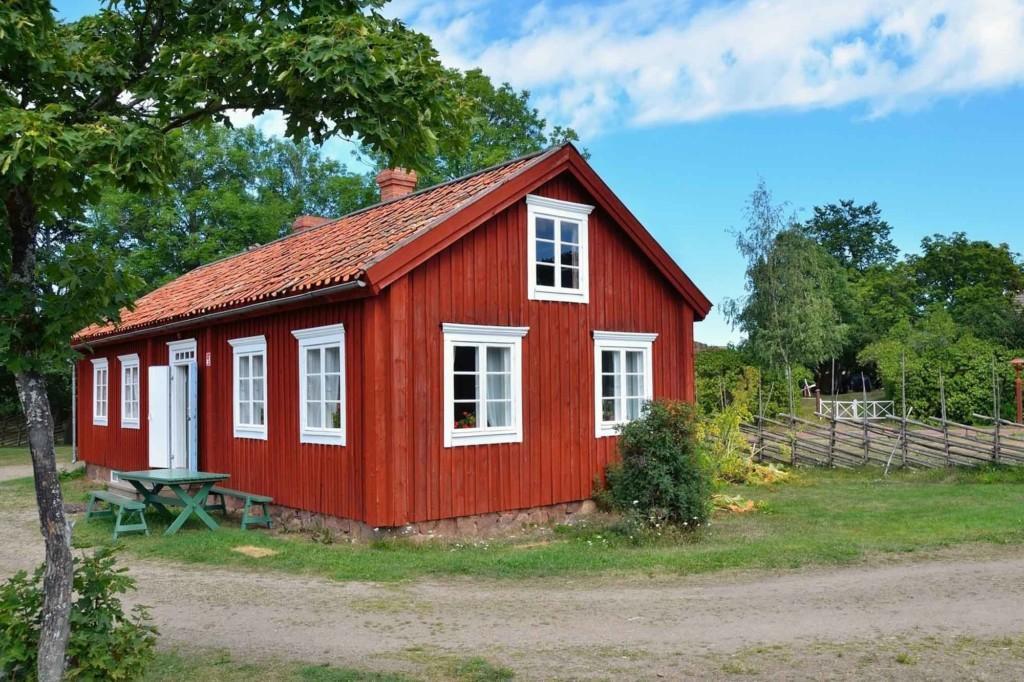Do you live in a house built before 1980? Your home may have an unventilated external timber wall, which is a high-risk structure
Old detached houses are atmospheric and attractive to those looking for a cosy living environment, but they can hold unpleasant surprises of which an unwary buyer may not be aware in time. However, guideline card KH 90-00394 for housing trade condition inspections instructs the condition inspector to pay particular attention to unventilated or poorly ventilated external timber walls in houses built before 1980, among other structures.
A more detailed survey, i.e. opening the structure will be necessary, as the structure in question has been identified as a structure susceptible to damage, i.e. a high-risk structure.
Lack of vapour barriers combined with the wrong type of paint can lead to damage
The problem and risk with sawdust-insulated walls in timber-framed houses built before 1980, where water vapour from the indoor air can freely enter the structure, is that vapour barriers were not used during construction at that time or were inadequately installed.

If water vapour is able to enter the structure, there must also be an outlet for it to prevent damage to the structure. If the exterior of the structure has been rendered unbreathable, serious damage and problems may have occurred in the external wall structures over the years.
For the most part, unventilated or poorly ventilated timber exterior walls perform relatively well. Problems will occur and the risk of damage increases when the wrong type of paint is used to paint the outer surface of a house.
If the house has been painted with a water vapour-proof latex paint, which in the 1970s was poorly water permeable, it is as if the house has been covered with a plastic bag.
The use of latex paint has caused problems and damage to the facades of buildings, to the boards underneath the exterior face cladding and even to the thermal insulation and frame structures of buildings. Latex paint applied to the exterior surface of a building eliminates the last possibility of ventilation of this high-risk structure.
An unventilated timber exterior wall can also be damaged due to improperly sealed external sills, for example
When houses were built in the 1950s and 1960s, it was sometimes common practice to install a roofing felt, or tanking, over the boards underneath the exterior face cladding as a weather guard before boarding up the facade. If the roofing felt has not been removed from under the boarding, the risk of damage is increased, as roofing felt is a building material with a very high vapour resistance.
Issues such as leakage from the roof into the insulation of the external wall, condensation dripping into the upper parts of the external wall structure due to inadequate ventilation of the roof structure and an improperly sealed exterior sill also pose a risk of damage to an unventilated or poorly ventilated timber exterior wall structure.
Based on the approximately 15,000 condition surveys carried out by Raksystems Insinööritoimisto Oy between 2016 and 2020, in properties with poorly ventilated exterior walls, the ventilation of the exterior cladding is deficient in some 13% of the cases. In addition, the structure requires further surveys in 39% of the cases.

When choosing a condition inspector for a housing transaction, it should be verified that the inspector will comply with the KH 90-00394 guideline so that this particular high-risk structure will be properly surveyed, among other structures.
Careless renovation can damage the structure – renovate wisely!
Another way to damage an unventilated or poorly ventilated timber exterior wall is to renovate the facade carelessly or incorrectly.
Apart from using the wrong surface material, the most common error is adding a new layer of thermal insulation on the outside of the old facade, followed by new exterior cladding. In such a case, the original high-risk structure remains inside the wall, and ventilation is even more badly blocked.
Always study the condition of the structure before adding any thermal insulation to your home and get a professional to help you with the renovation: they will be able to plan the structure’s dampproofing correctly. This way, you can avoid unpleasant surprises.
Watch a video of Kim Malmivaara, our Chief Business Officer, explaining the risks of unventilated timber walls:
When renovating, remember that creosote and asbestos are carcinogenic to humans
Coal pitch, also known as creosote, is a contaminant that was often used in construction, especially in homes built before 1970. Perhaps the easiest way to detect its presence is the clearly recognisable smell of creosote, the smell of old train tracks.
Because of its excellent moisture- and waterproofing properties, it was used as an insulating material in buildings, roofing felt, bitumen felt and brushed bitumen, among other materials. Even actual used railway timbers may have been used in construction at the time when high creosote levels were common.
Asbestos is the common name for several naturally occurring fibrous silicate minerals. In the construction industry, asbestos has been used due to the high thermal insulation, high chemical resistance, good tensile strength and high mechanical resistance.
The use of asbestos was widespread from the 1920s up until the 1990s because it was very cheap, and it was difficult to find safe products to replace all the excellent technical properties of asbestos.
Creosote and asbestos are discussed so much nowadays because they are carcinogenic to humans and can be found in many homes. If you are going to renovate an old house or open any structures, you should always order a contaminant survey first. If contaminants are found, the work should be carried out by a professional.
What is a high-risk structure?
A high-risk structure refers to a type of structure which has been found in practice and based on structural surveys to be highly susceptible to damage. The structure usually complied with the building regulations and guidelines valid at the time when it was built, and the susceptibility to risk was not recognised until at a later point in time. As a result, the structure is no longer used.
Typically, damage to high-risk structures is caused by moisture entering the structure, either through the soil from the outside or from the indoor air in the form of water vapour. An example of a commonly observed high-risk structure is a false plinth.
The condition of the high-risk structure, i.e. whether the risk has been realised, should always be investigated. This is usually possible only by opening the structure.



